What is the tolerance range of precision screws?
What is the tolerance range of precision screws?
Service Hotline
+86760-8787 8587We have more than ten years of experience in screw industry production. The main products are: Hexagonal nuts with teeth, grade A stainless steel screws, bolts with holes, square wing wing nuts, stainless steel rivet nuts, concave end set screws, cup head full thread screws , plate spacer column, both ends of Xiaozi, black carbon steel flange nuts, external hexagonal implosion screws, extension screws, national standard GB6170, 1.5 bolts, automobile nuts and other fasteners, due to different product materials and specifications, the price also varies different, please contact us if necessary.


Nuts are usually used in conjunction with bolts or screws to fasten other components and are a common and widely used component. In order to make the nut not easy to loosen and fall off when it is subjected to strong vibration and irregular strong toggling, the combined nut has appeared on the market.
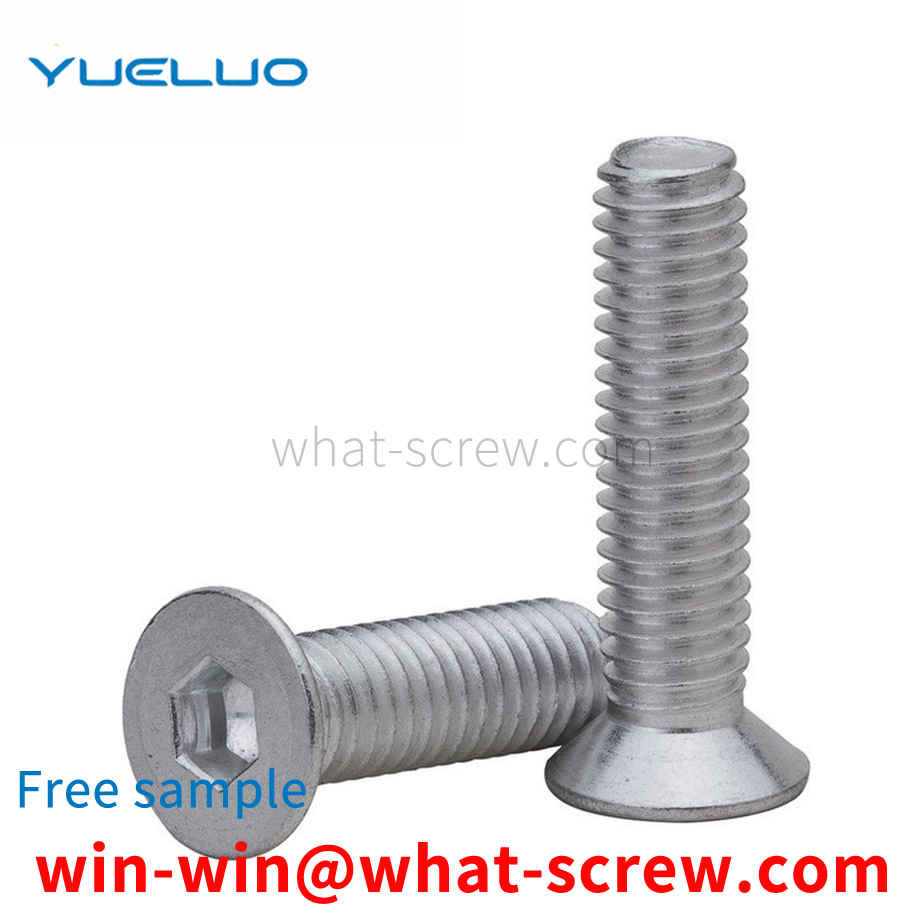
Nuts are parts that tightly connect mechanical equipment. Through the inner threads, nuts and bolts of the same specification can be connected together. For example, M4-P0.7 nuts can only be connected with M4-P0.7 series bolts (in the nut). Among them, M4 means the inner diameter of the nut is about 4mm, and 0.7 means that the distance between the two threads is 0.7mm); the same is true for American products, for example, a 1/4-20 nut can only be matched with a 1/4-20 screw ( A 1/4 finger nut has an inner diameter of about 0.25 inches, and 20 fingers have 20 teeth in each inch).
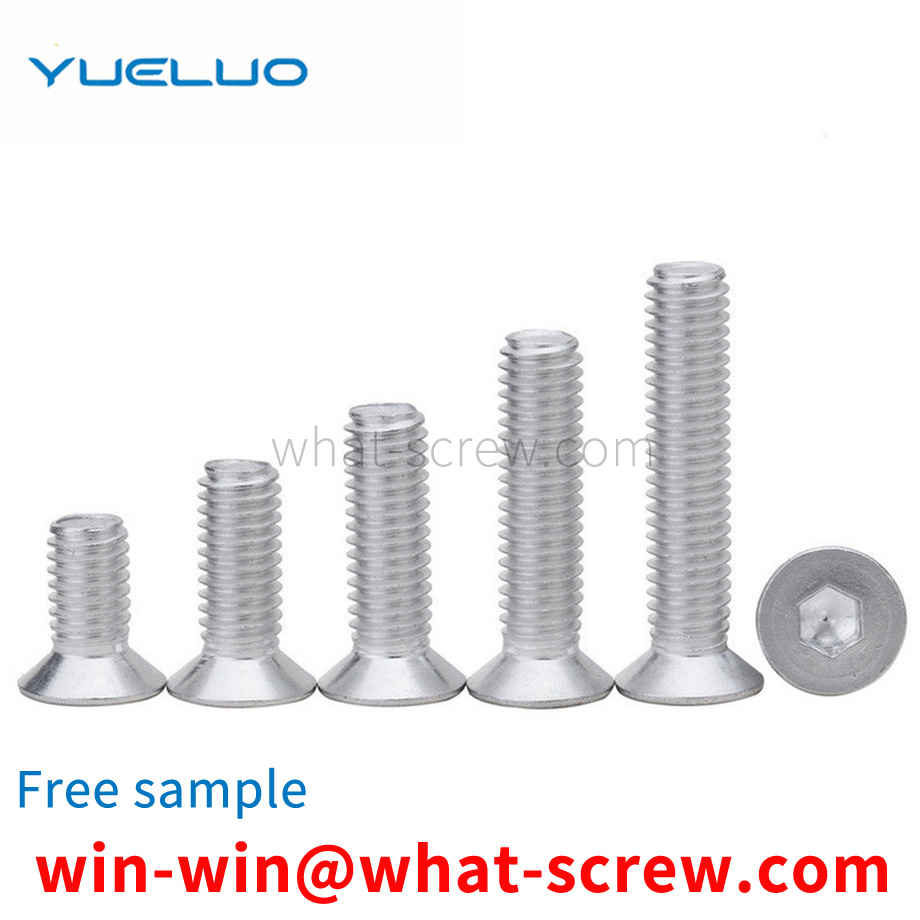
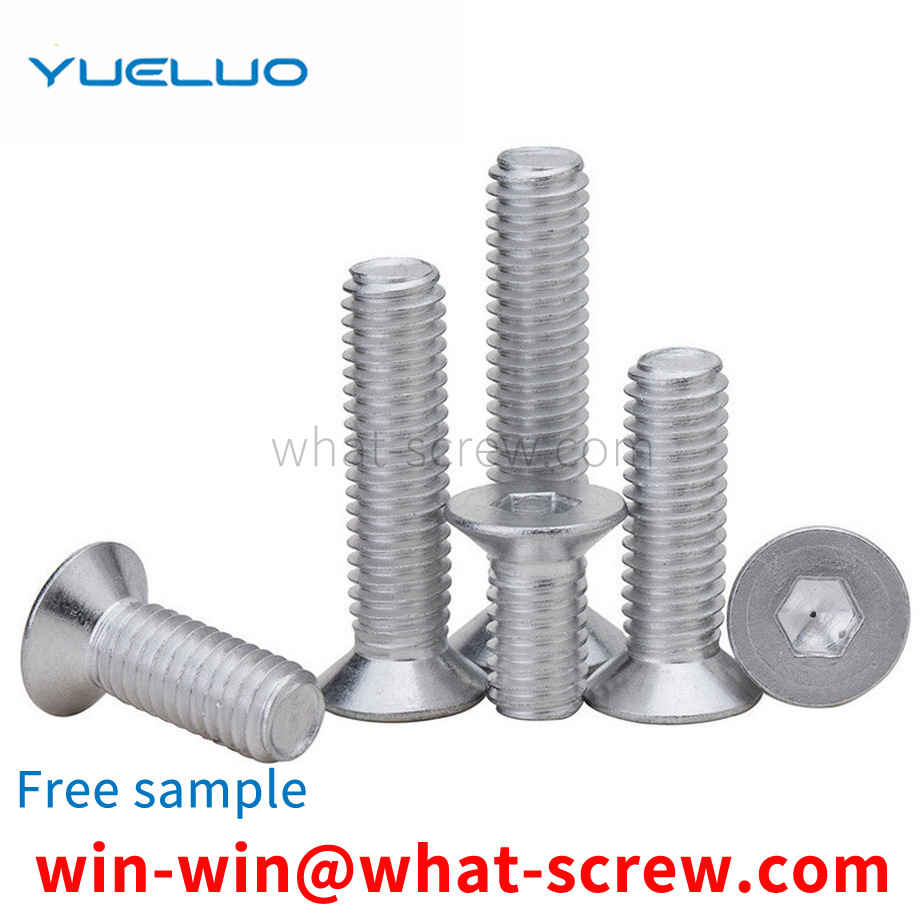
Anchor bolts can be divided into fixed anchor bolts, movable anchor bolts, expansion anchor anchor bolts and adhesive anchor bolts. According to the different shapes, it is divided into: L-shaped embedded bolts, 9-shaped embedded bolts, U-shaped embedded bolts, welded embedded bolts, and bottom plate embedded bolts.
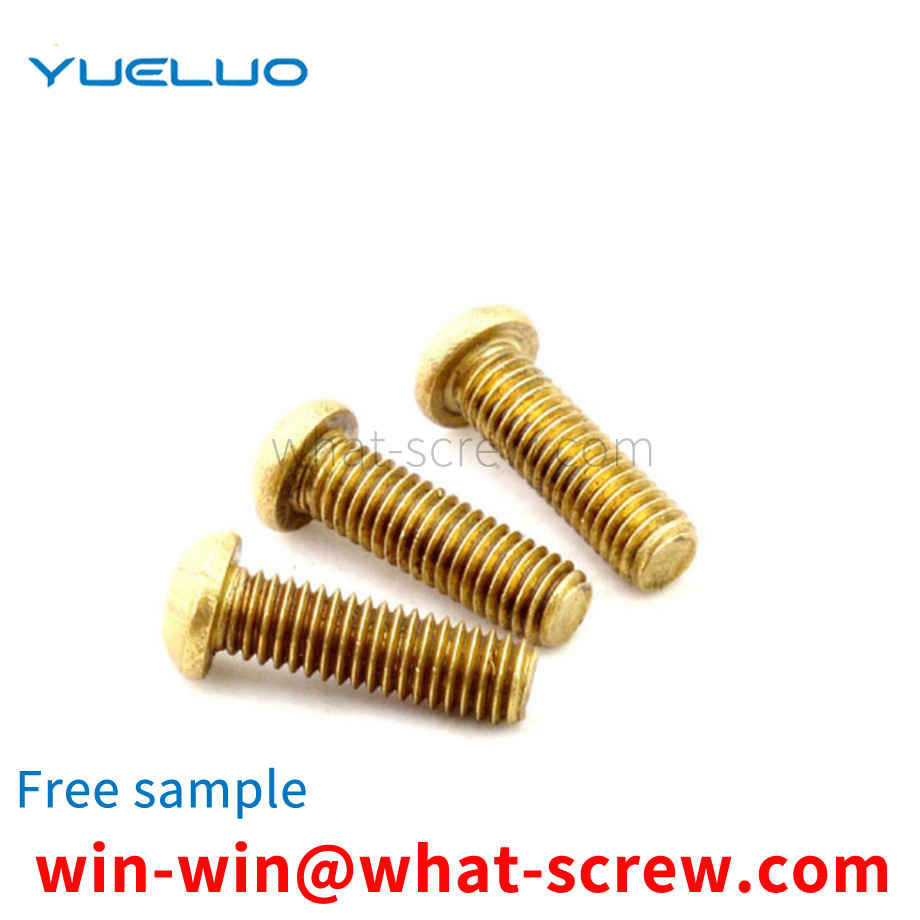
Standards are norms, and each country and sector has its own standards. GB—Chinese National Standard (National Standard) ANSI—American National Standard (American Standard) DIN—German National Standard (German Standard) ASME—American Society of Mechanical Engineers Standard JIS—Japanese National Standard (Japanese Standard) BSW—British National Standard GB—National Standard The standard is one of the many standards in my country, and there are also industry standards, professional standards and department standards. National standards are divided into: GB (mandatory standards) and GB/T (recommended standards) and GBn (national internal standards) and so on. We usually see GB30, GB5783, etc. are mandatory standards. In addition to some basic dimensions such as head-to-side, head thickness, etc., the above standards are mainly different in the threaded part. The threads of GB, DIN, JIS, etc. are all in MM (millimeters), which are collectively referred to as metric threads. Another thread like ANSI, ASME, etc. is called American standard thread in inches. In addition to metric threads and American threads, there is also a BSW-imperial standard, whose threads are also in inches, commonly known as Wyeth threads. In the usual domestic sales business, the most common standards we encounter are GB (National Standard) and DIN (German Standard). In terms of production products, the following standards are mainly encountered: GB30; GB5783; GB5782; GB52; GB6170; GB818; GB819; GB845; GB846; GB70; DIN912; DIN933; DIN931 and so on. GB30 (old national standard) has been replaced by GB5783 (new national standard) in the standard book. GB52 (old national standard) has been replaced by GB6170 (new national standard) in the standard book.
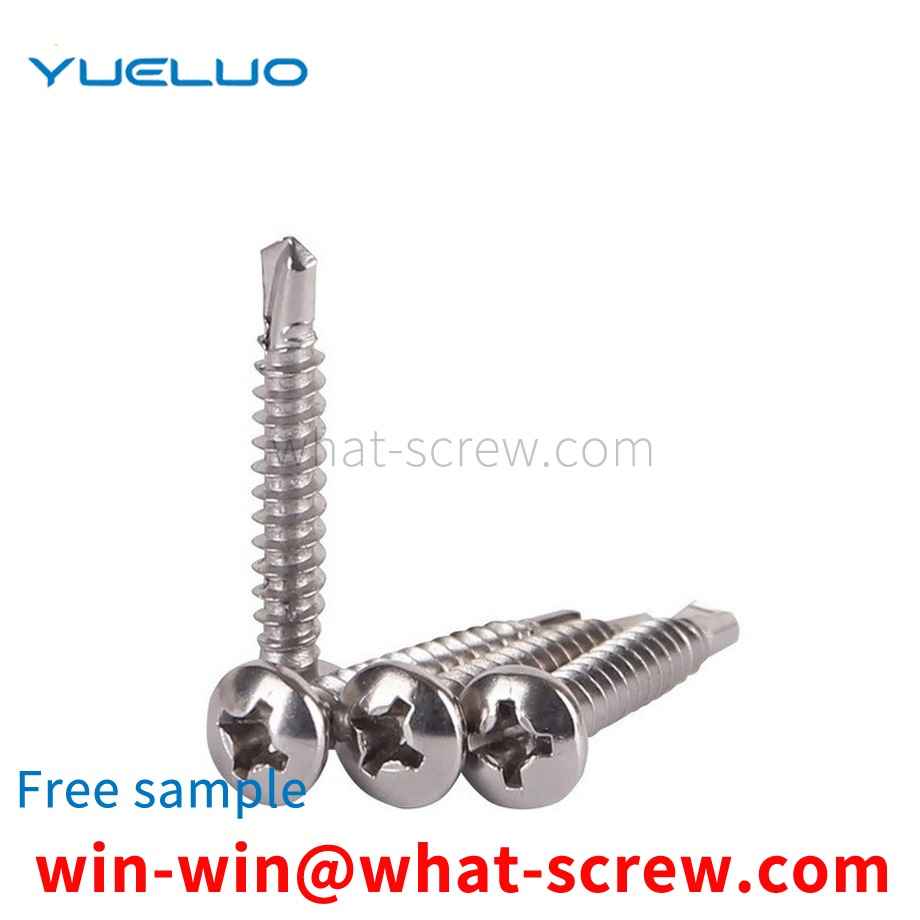
The above content is uploaded by Yueluo or the Internet. If there is any copyright issue, please contact [email protected].

What is the tolerance range of precision screws?

How to choose the right stainless steel screw manufacturer?

Why is there an R angle under the head of the hexagon head s...

We have more than ten years of production experience in the ...

We have more than ten years of experience in the production ...

We have more than ten years of experience in the production ...

We have more than ten years of experience in screw industry ...